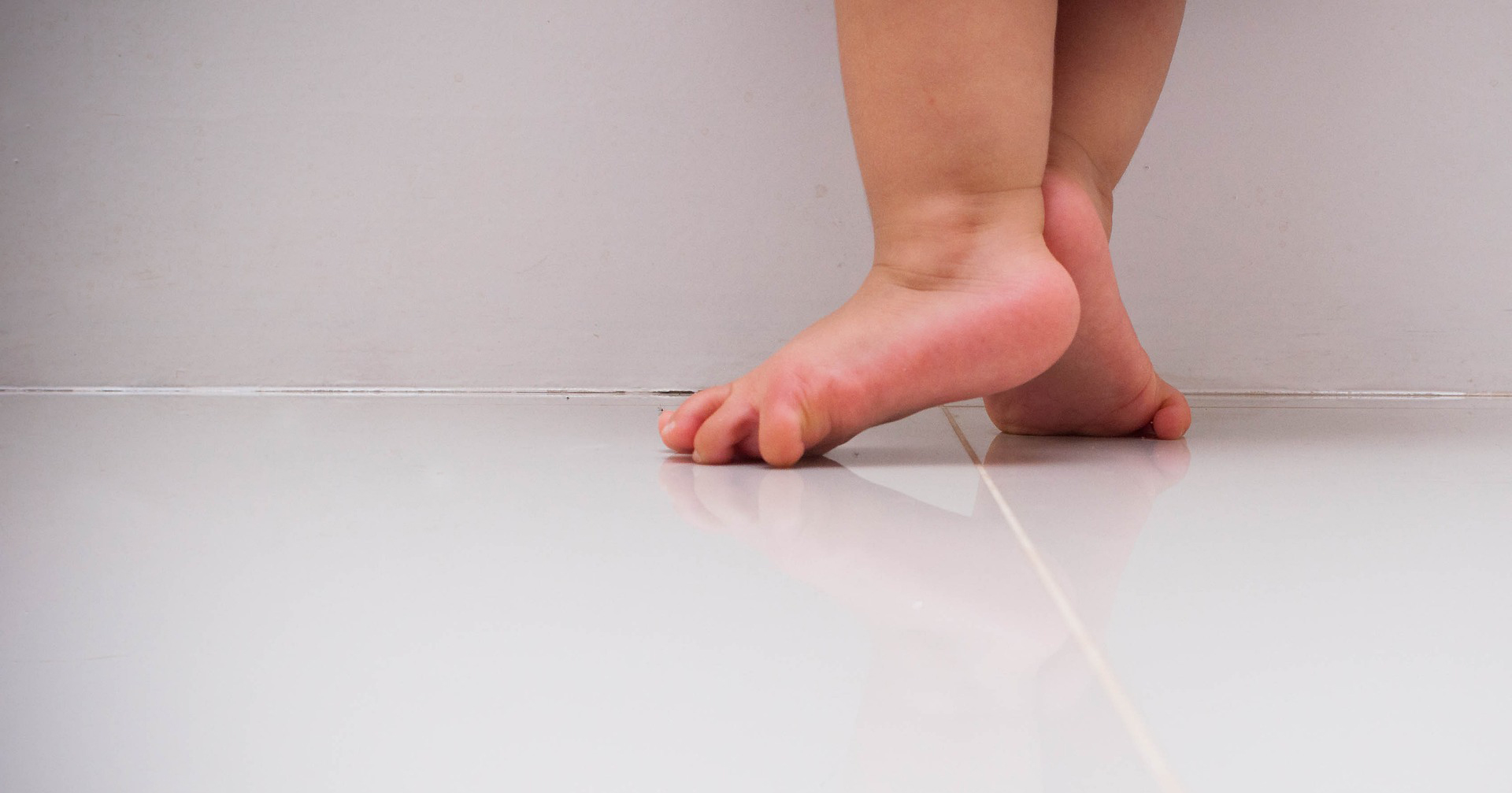Toe walking is something that parents are often either very concerned about or not worried about at all. And yes, both groups are right. Toe walking in children is a normal gait variant during development, and the ability to walk on your toes is an important display of calf strength, balance, and coordination. However, toe walking starts to become a concern when it is the only way a child walks, or they are not meeting other developmental milestones. Additionally, toe walking is caused by a variety of things. It is important to consult a physical therapist in order to determine the reason and what, if any, areas it is impacting.

When done as a primary way of walking, there are many issues that can develop that will inhibit the child’s development and affect their safety later on in life. These include muscle tightness or contractures in ankles and calves, difficulty completing things like squatting or stair climbing secondary to this muscle tightness, poor balance reactions, poor alignment or strength ‘up the chain’ in your childs hips, knees, or core, and pain in these areas as a result of improper alignment. Additionally, fine motor skills may struggle to develop, as your child is not developing the gross motor skills or strength necessary to support more fine motor movements.
There are many reasons toe walking can occur. One of these is muscle tightness. When your child’s calf musculature is tight, your child is unable to get his or her heel down to the floor to walk in this typical gait pattern. In order to make contact with the floor to ambulate, he or she needs to walk on their toes.
Another reason is sensory processing difficulties. Sometimes, children have a low tolerance to sensory input. When child have a low tolerance – especially to things touching their feet – then they might try and walk on their toes in order to avoid as much of this sensation as possible. When children have a very high tolerance to sensory information, they look for ways to get their body the sensory input they need. Being on your tip toes is a heightened sensory experience that can often fulfill this sensory need in order to increase their body awareness.
Finally, toe walking can be idiopathic – there can be no true reason or cause. In this case, the only time to be worried is when it affects the child’s development, as mentioned above. If the toe walking is causing difficulties in these other areas, then a physical therapist can apply interventions that target a variety of things in order to minimize the toe walking, and encourage the development and acquisition in the other areas of difficulty.
So parents: don’t worry just yet! Talk with your child’s pediatrician or seek out the help of a physical therapist in order to determine if your child’s toe walking is something to address.

Blue Bird Day fosters socialization, sensory regulation, and pre-academic learning in children ages 2-7 years in therapeutic rotations that simulate preschool and kindergarten settings. Our compassionate therapists practice a relationship-based and family-centered approach, provide parent training, and collaborate on goals and individualized intensive treatment plans for your child.
We believe in a collaborative and multi-disciplinary team approach to therapy. A team of occupational therapists, speech-language pathologists, dietitians, developmental therapists, behavioral therapists, physical therapists, and therapeutic assistants are created for each child to ensure child and family are fully supported and the best possible results are achieved.
Options for individualized, group and virtual therapy sessions are available as well.
Want to learn more or you have a specific question? Feel free to connect with us here!



